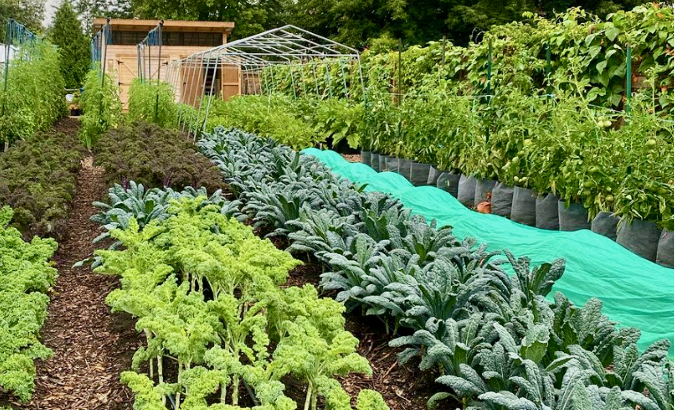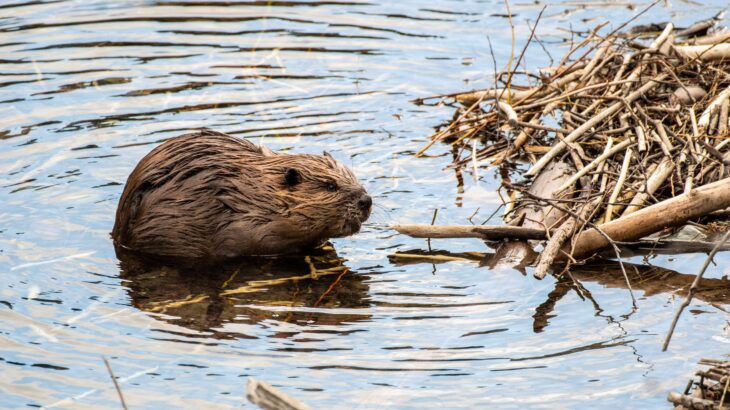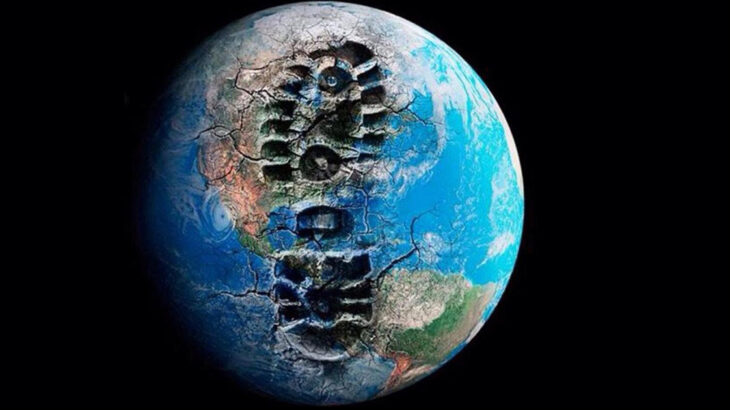
By Jesse Correll, guest editor Urban agriculture in Montréal has a rich history of growing from the ground up. From its roots in traditional farming, it has adapted to the limited space and resources in the urban environment, becoming increasingly important to the communities around it. According to architects Vikram Bhatt and Leila Marie Farah, […]







